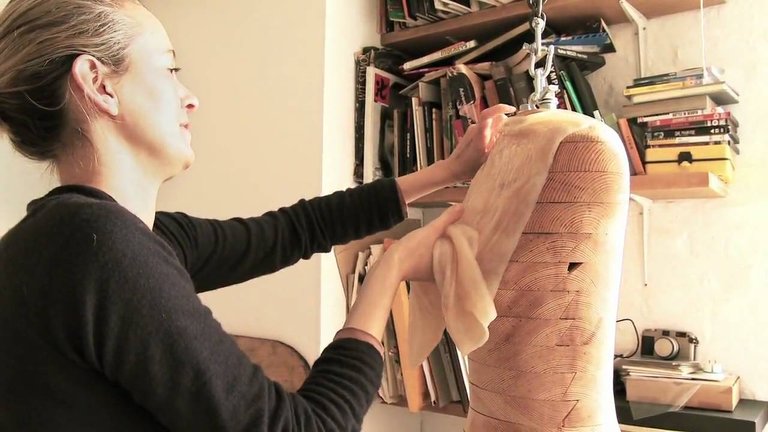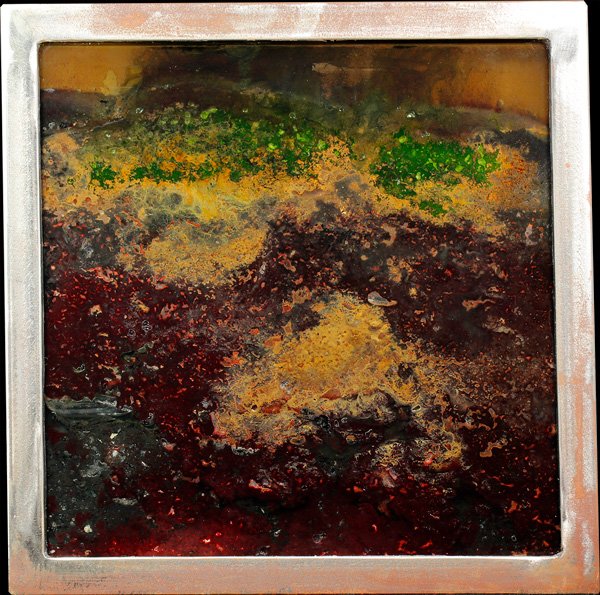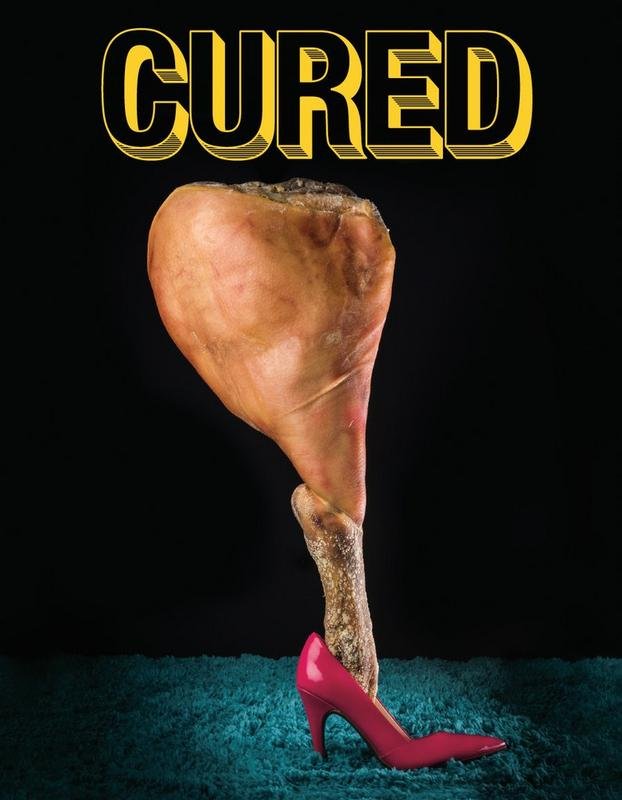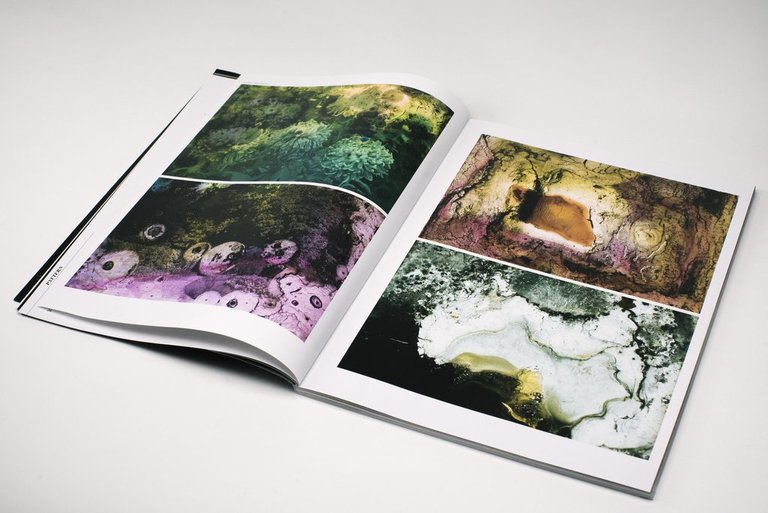Living Art Works And ‘Made by Mold’
BY MARTINA HOLLWECK, MAY 12th, 2018 ; 02:08 PM JST
As Sandor Ellix Katz, the world-famous fermentation revivalist mentions in the last, but definitely not least interesting chapter of his ‘The Art of Fermentation’, fermentation has always inspired various forms of expression. Actually, art, song and poetry are like effervescing jars of fermented foods, making sounds and producing bubbles. Sandor Katz writes about the electronic musician Mike Cuil who is said to have literally made a ferment part of his own gig by simply ‘handing’ it its own microphone. What the fermenting sauerkraut had to say, may have sounded like an alien speaking from another universe. The mic did pick up chopping and stomping noises which now are part of the song mix. Finished by a German schlager song on sauerkraut, the performance turned out to be a huge success. How I wish I had been there!

Music Fermentation
At latest now we must recognize that we are talking about living organisms, when we talk about fermentation. And that promises to get interesting! Another music group, the ‘Formidable Vegetable Sound System’ took inspiration from fermentation: Check out their song ‘Kimchi’, which SteemIt member ‘@amico’ was so kind to refer me to.
Poetry Fermentation
Of course, fermentation appeals to many poets as well as a source of inspiration. You will find numerous fermentation poems on Medium and Hello Poetry.
Fashion Fermentation
Where there’s music, fashion is usually not far. Suzanne Lee from the School of Fashion and Textiles London shows with her kombucha-based garment, that only the sky is the limit. I enjoyed her Ted Talk already several times, would be too interested to go to her December event and I’m reading her ‘Fashioning the Future’ book. Well, I am definitely hooked, when I think that we are literally designing our future. That means that everything we’ve seen in ‘Blade Runner’ or ‘Black Panther’ really is not as far-fetched as we may think. Maybe her projects fascinate you the same way!

Art Fermentation
Jenifer Wightman is an artist-turned biologist who has created science-based artwork for more than a decade. She makes mud sculptures whose microbes constantly change their appearance.
“As one species consumes the supply of nutrients available and excretes their waste products, they are “painting” within the sculpture, causing chemical changes that emerge as pigments.”
“Color acts as an indicator of different cultures. Rise of color tells us a species is thriving; decline of color indicates a species population is declining. A polka dot – such as pink outlining a yellow center – indicates that one species likes the waste product of another species. In this finite world of the mud, there is infinite life.”
Her works are truly interesting to observe, especially since at times she even used toxic waste in them, which doesn’t prevent the bacteria from thriving. Jenifer Wightman hopes that witnesses recognize the constant process of endless change. Also, her works are meant to stimulate thinking and acting upon resource use and the concept of waste. She shows that waste can be managed effectively. The artist explains that for her de/composition represents beginnings, change, contingence of cause and effect, interconnectedness, possibilities perhaps... “Decomposition is where my hope for the world lies.”
For witnessing her works, please check out this image and video:

“This time-lapse video features a project from Jeni Wightman of the Gowanus Canal, which is part of a larger project called "Portraits of NYC.” A steel and glass vessel frames mud and water samples taken from the Gowanus Canal and photographed from August to December 2012. Video by Jenifer Wightman.”
Fermentation Photography

The fact that many see photography as the only means to stop time and capture a moment, makes the combination of the two contradictory, but no less beautiful. I can’t say how delighted I was with both the article in the magazine ‘Cured’ and the photos it was accompanied by. I recommend the whole magazine as an arty tribute to curing ( fermentation is one way of curing). Luce Lebart beautifully illustrates how archivists face the challenge of fighting mold, for example in the ‘Société française de photographie’. The goal is to keep photographs as long as possible.

“One bit of mold on an old photographic plate can spread throughout the collection. In the process of spreading, more and more images get contaminated and destroyed. Archivists try to isolate molds of course. Decomposition leads to destruction, but also a wondrous visual palimpsest.”
In the 1920 photographers worked with gelatin and potato starch, an ideal breeding ground for molds. The microorganisms had been left for 90 years and in that time the color, shape and texture had created something new.
Arts in Fermentation - Who Is The Artist, Who The Inspiration?
“They also remind us that creativity is everywhere, even where we least expect it."
Since Luce Lebart was unable to recognize who had taken the photos he had looked at, he decided to credit mold as the creator. This would make mold an artist itself. So what was first, the egg or the chicken?
What do you think? Leave your comments below!
